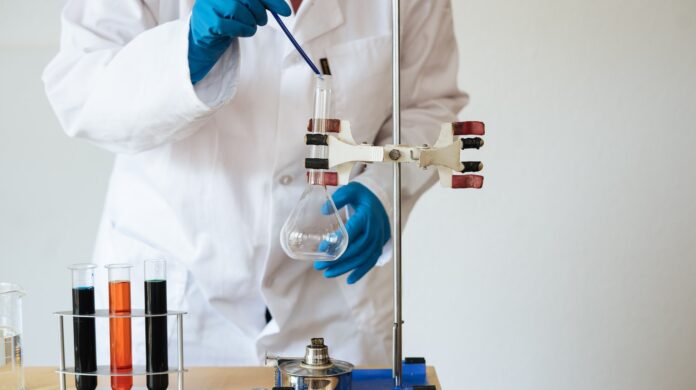Understanding the Concept of Limiting Reactants
In order to grasp the concept of limiting reactants, it is crucial to understand how chemical reactions work. When two or more substances come together to form a new product, they are known as reactants. However, not all reactants are consumed in equal amounts during a reaction. This is where the concept of limiting reactants comes into play.
A limiting reactant refers to the substance that is completely used up in a reaction and limits the amount of product that can be formed. In other words, it determines the maximum yield achievable in a chemical reaction. To illustrate this concept, let’s consider a simple example:
Imagine we have a recipe for baking cookies that requires 2 cups of flour and 1 cup of sugar. If we only have 1 cup of flour and 2 cups of sugar available, we can quickly determine that flour is our limiting reactant because it will run out before the sugar does. As a result, we won’t be able to make more than one batch of cookies. Identifying the limiting reactant is crucial for several reasons:
- Efficiency: By knowing which reactant will run out first, we can optimize our resources and ensure that no ingredients go to waste.
- Yield calculations: The knowledge of limiting reactants allows us to calculate the theoretical yield—the maximum amount of product that can be obtained from a given amount of starting materials.
- Product purity: Using an excess of one or more reactants may result in impurities or unwanted by-products in the final product.
- Safety considerations: Certain reactions may produce hazardous by-products or release large amounts of energy when excessive amounts of certain reactants are present.

Why Would You Use an Excess of a Reactant in a Chemical Reaction?
In the realm of chemical reactions, achieving a high yield is often a primary goal. One strategy to enhance reaction yields involves the deliberate use of an excess of one reactant. Let’s explore how this approach can be advantageous in maximizing product formation and overall efficiency.
- Driving the Reaction Forward: By introducing an excess of a specific reactant, we can push the reaction forward towards completion. This is particularly useful when dealing with reversible reactions where equilibrium is established between products and reactants. By overwhelming the system with one reactant, we shift the equilibrium towards product formation, leading to higher yields.
- Compensating for Incomplete Reactions: Sometimes, reactions may not proceed to completion due to factors like side reactions or impurities in starting materials. In such cases, using an excess of a key reactant compensates for any losses and ensures that enough reactive species are available to drive the desired reaction forward. This helps mitigate any decreases in yield caused by incomplete reactions.
- Overcoming Limiting Reactants: In certain scenarios, one reactant may be present in limited quantities compared to others, resulting in inefficient use of resources and lower yields. By employing an excess of this limiting reactant, we ensure there are ample amounts available for utilization throughout the reaction process. This allows for more efficient consumption and conversion of all participating reactants, leading to improved overall yield.
- Enhancing Reaction Kinetics: The rate at which a chemical reaction occurs depends on several factors including concentration and collision frequency between molecules. Introducing an excess amount of one reactant increases its concentration, thereby promoting more frequent collisions with other reacting species and accelerating the reaction kinetics. As a result, faster and more complete conversions can be achieved, leading to higher yields.
- Considerations for Safety and Cost: While utilizing an excess of a reactant offers numerous advantages in enhancing yield, it is important to consider safety and cost implications. Some reactants may be hazardous or expensive, making it necessary to strike a balance between the desired yield increase and practical constraints.
In summary, employing an excess of a reactant can significantly enhance reaction yields by driving the reaction forward, compensating for incomplete reactions, overcoming limiting reactants, enhancing reaction kinetics, and improving overall efficiency. However, careful consideration of safety and cost factors is essential in implementing this strategy effectively. By understanding these principles, chemists can optimize their processes to achieve higher product yields while maintaining optimal resource utilization.


